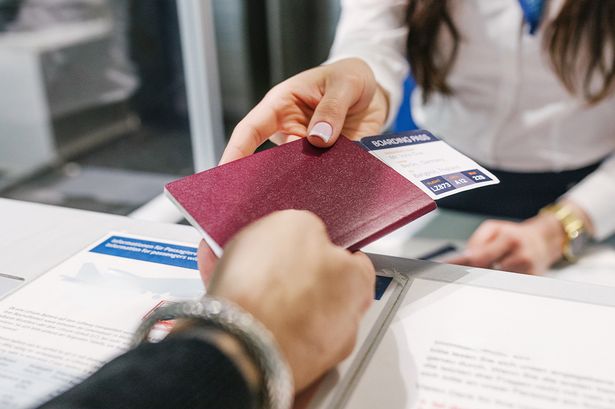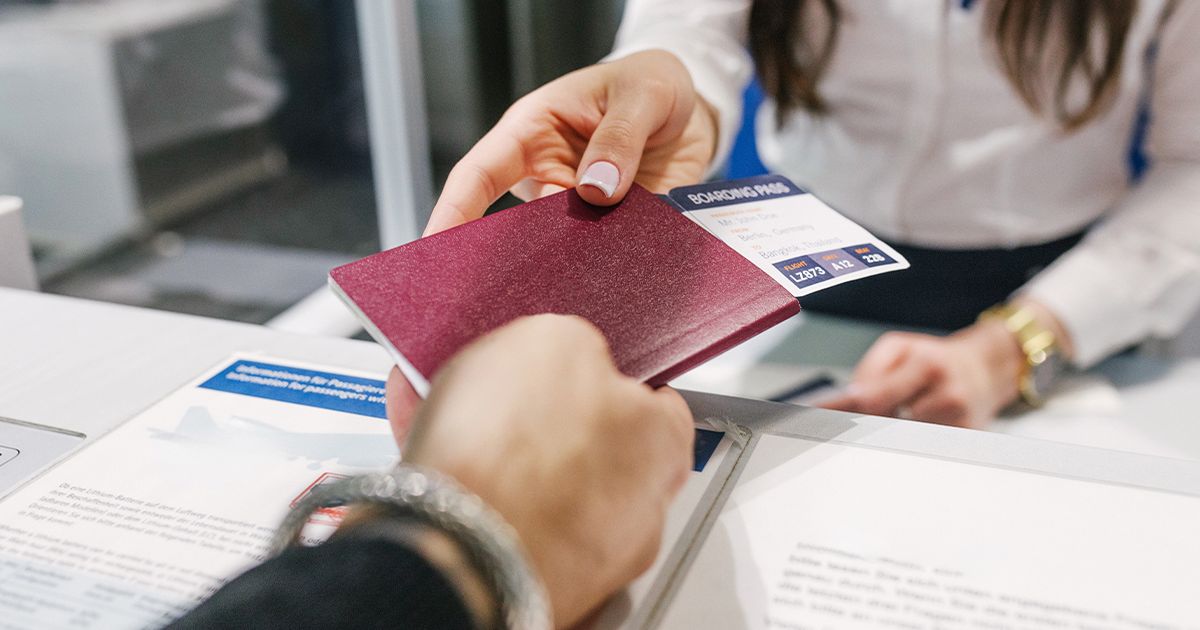The new travel rules will affect many different countries New travel rules are coming in(Image: Getty)
New travel rules are coming in(Image: Getty)
Holidaymakers planning a trip abroad have been alerted to significant changes in travel regulations. The European Union is introducing its Entry/Exit System (EES), which will require travellers to register certain details when visiting any Schengen area countries, including France, Italy and Spain. The Government has issued guidance on what this means for travellers, which can be found on the travel advice pages for the 29 countries affected by these changes.
The guidance reads: “From 12 October 2025, the European Union’s (EU) new Entry/Exit System (EES) will begin roll out. This means that when you travel into the Schengen area for short stays, you may need to register your biometric details, such as fingerprints and a photo.
“You do not need to take any action before you arrive at the border, and there is no cost for EES registration. ” When travelling to a Schengen country, you may need to register your details at a designated booth before proceeding to the immigration desk. The advice continues: “Follow directions from your travel operator or the staff at your port of entry.
READ MORE: Ryanair flight forced to make emergency landing after coming close to ‘running out of fuel’
You may also need to provide either your fingerprint or photo when you leave the Schengen area.” When you go on a trip to Schengen country, you may need to register your details at a special booth before moving on the immigration desk.
The advice states: “Children aged 11 or younger will not have their fingerprints scanned but may need their photo taken.” Getting signed up may mean you have to wait longer than usual to get through the border checks.
Travellers are warned: “EES may take each passenger a few extra minutes to complete so be prepared to wait longer than usual at the border.” The scheme is being rolled out gradually, and the number of passengers being registered at each port of entry will vary.
 The Government has issued new travel advice(Image: Getty)
The Government has issued new travel advice(Image: Getty)
At some destinations, it may take up to six months to fully roll out. The guidance states: “Until EES is fully rolled out your passport will continue to be stamped, even if you’ve already been registered for EES. Once EES is fully rolled out, it will replace the current system of manually stamping passports when visitors arrive in the Schengen area for short stays and you will input biometric details every time you enter or exit.”
If you are going to a Schengen area through the Port of Dover, by the Eurotunnel at Folkestone or via the Eurostar at St Pancras International and you are asked to register, the information will be taken at the border before you leave the UK.
